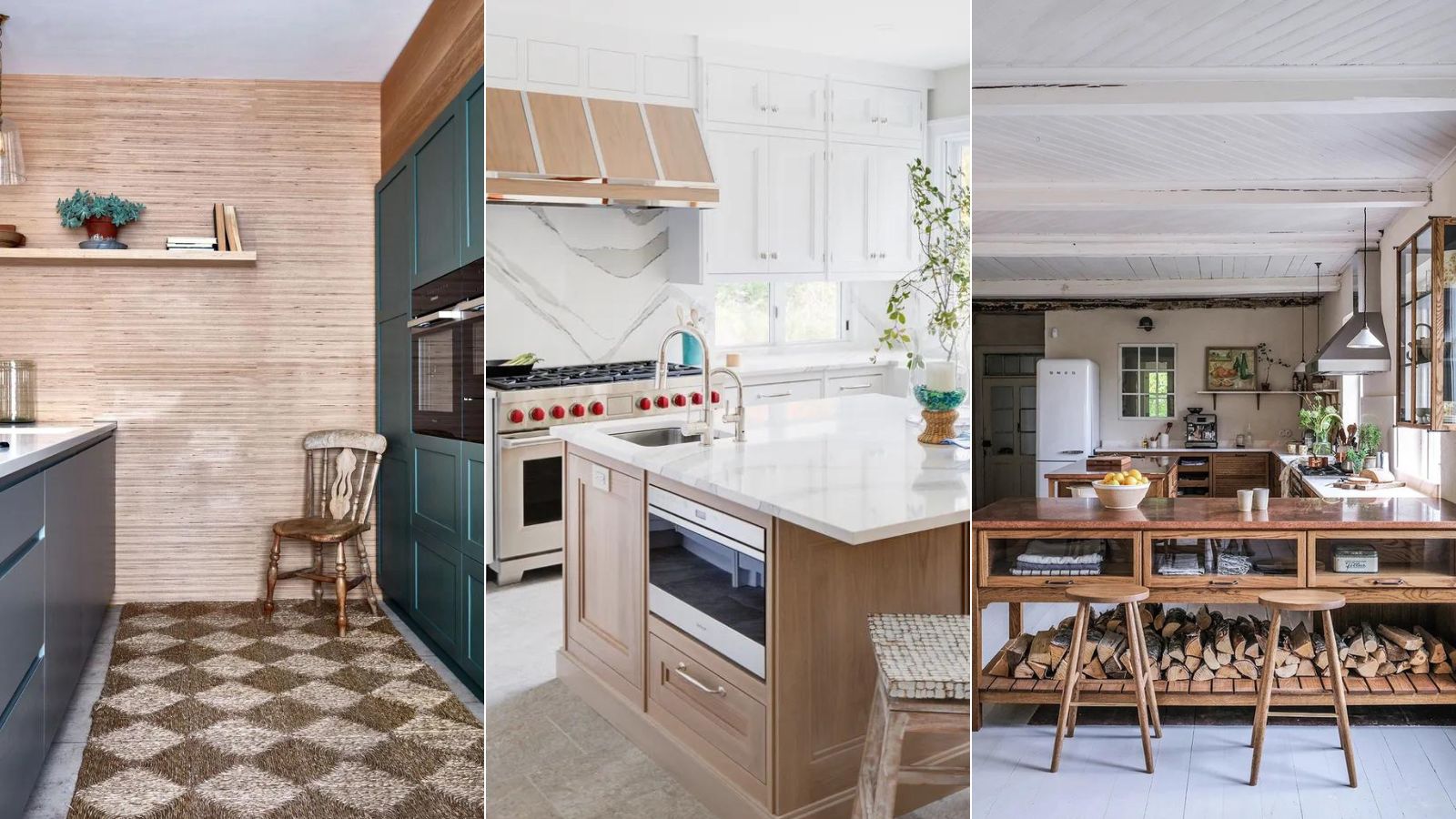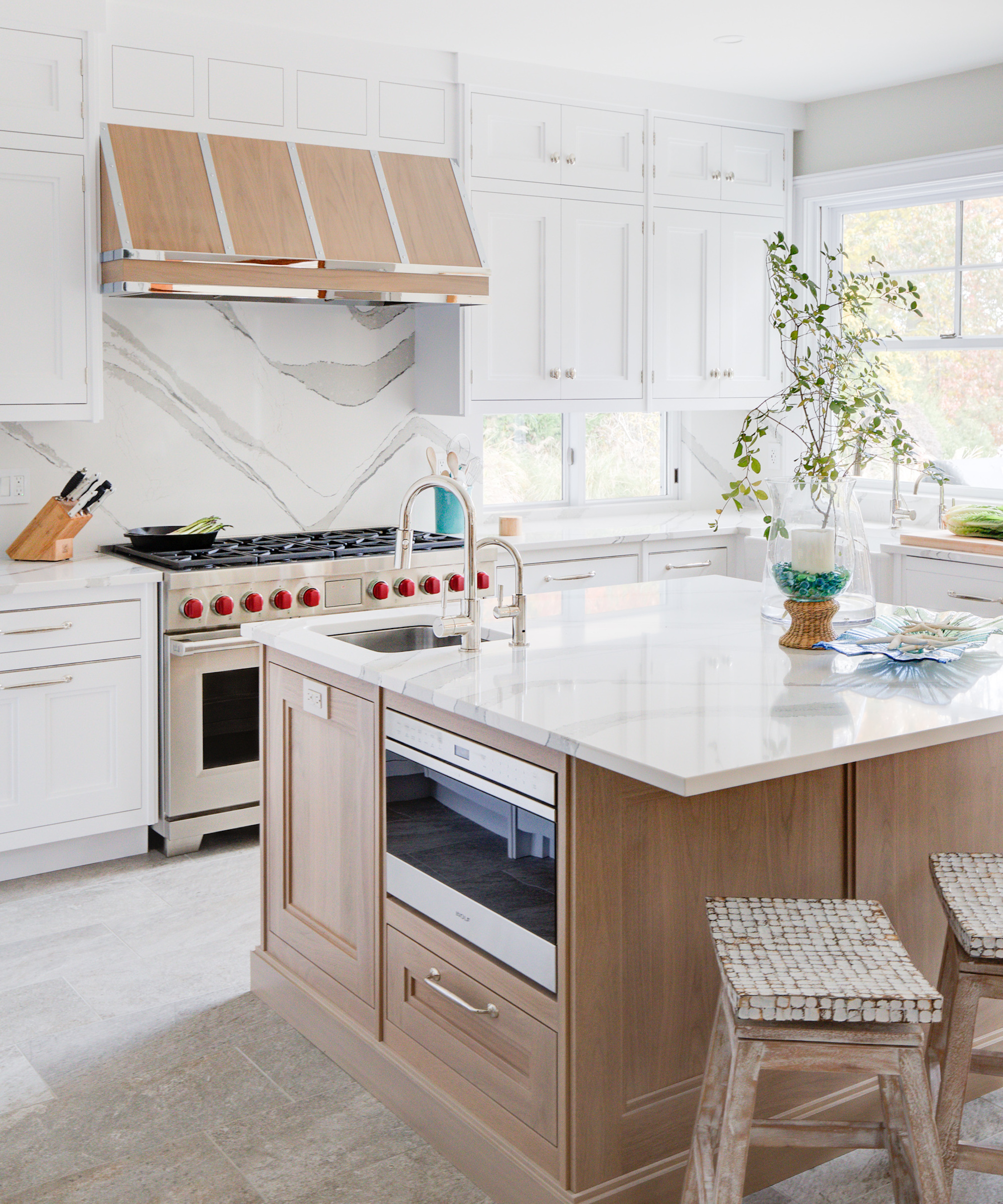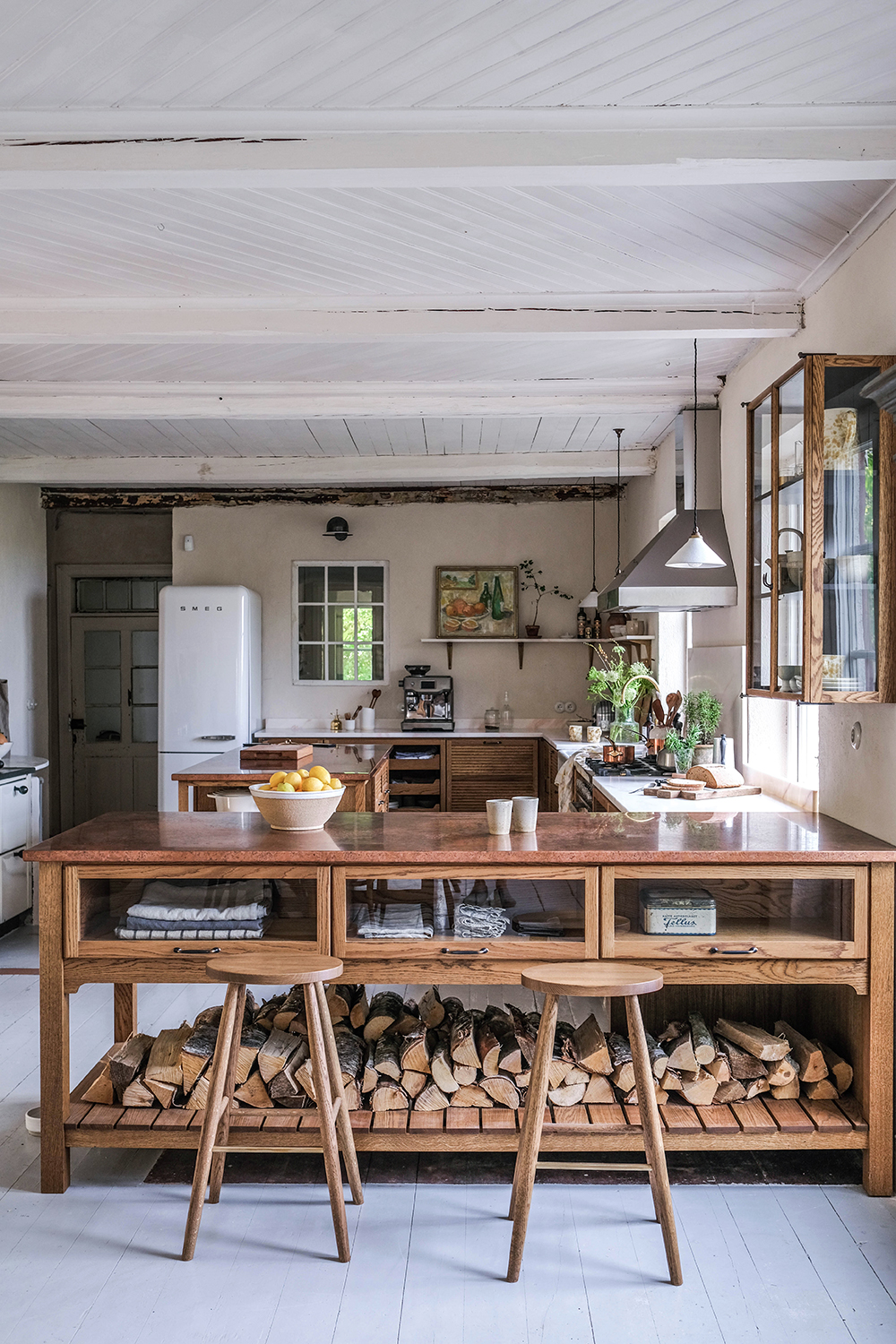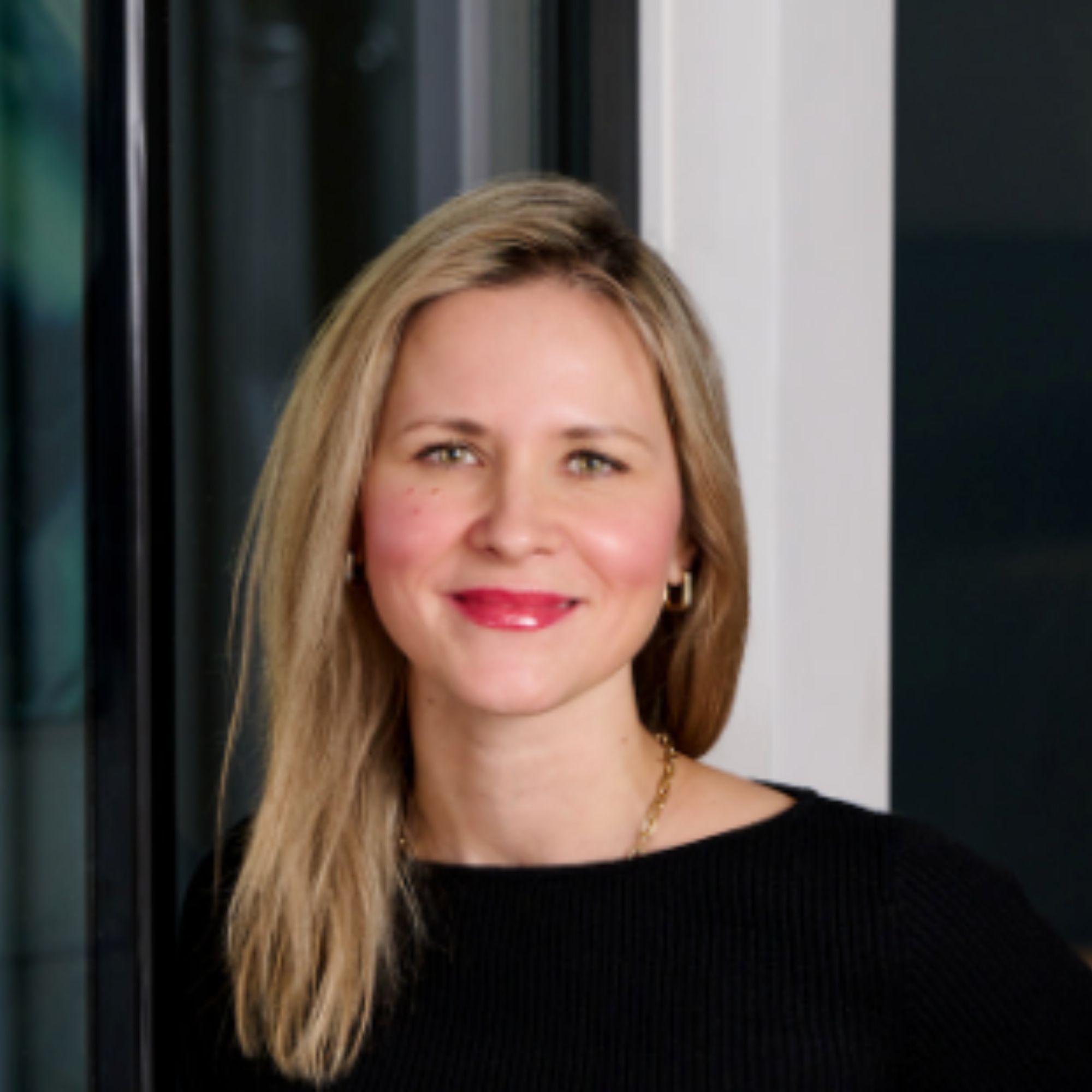What is the most efficient kitchen layout?
Discover what kitchen professionals rate as the layout that optimizes the space and your efforts


Good design makes the difference between kitchen layouts that are ergonomic and those that have all the essential elements but don’t function well. But what is the most efficient kitchen layout?
Aesthetics are important but kitchen layout ideas should also deliver in practical ways, creating a workspace that’s easy to use, convenient to share, enables easy movement, and avoids those who aren’t cooking impeding those who are.
To answer the question of which kitchen layout scores most highly in terms of efficiency we called on interior experts and kitchen specialists to make a case for the layouts that work the hardest.
The most efficient kitchen layout: what the experts say
The best kitchen ideas result in a room that suits your lifestyle and tastes. Which kitchen style is selected for cabinets will depend on personal preference and a desire to complement a home’s character, as will kitchen color ideas.
But a kitchen should also prove efficient for the number of people who prepare food and drink there, the number who share the space whether that’s the family gathering or when you’re welcoming guests, and the type of cooking and entertaining that takes place there. Below, design professionals explain which layout best provides this efficiency.
Layout based on the working triangle

Starting from the working triangle is the way to go, according to Bob Bakes, co-founder and head of design at Bakes & Kropp.
‘Kitchen layout should be determined fundamentally by the activity centers,’ he says. ‘We like to use the framework of the working triangle, which consists of areas for preparation, storage, and cooking. One example of this approach is to arrange the sink and prep area, range, and refrigerator in a triangle.
‘With that said, standardization takes over all too often. Every kitchen layout will be different depending on the space. We also must take into account that the modern kitchen layout has expanded in many ways. Now there are secondary dishwashers and secondary sinks, coffee makers, and secondary cooking positions. Most kitchens have some kind of significant kitchen seating area or congregation area as well.
‘There’s a lot more that goes into a kitchen than there used to be. Pay attention to simple symmetry to create balance.’

Bob Bakes is head of design at Bakes & Kropp, and calls on his years of experience as owner and operator of a kitchen design studio in central London and his well-known former brand, Bakes & Company, based in Sag Harbor, NY. Bob has developed an expansive knowledge of the interior design process and professional project management skills throughout his accomplished career.
U-shaped design

In big rooms, a U-shaped kitchen is a smart choice, advises interior designer Artem Kropovinsky.
‘In large rectangular kitchens, U-shaped layouts offer more space on countertops and speed up tasks. This format is ideal for family members who love to entertain large volumes of guests so there would be enough space and a functional work triangle.’
Tony Elliott, CEO and owner of Roseville Kitchen and Bath, also thinks this is a winning choice. ‘For a spacious, rectangular kitchen, I’d recommend a U-shaped layout,’ he says. ‘It’s fantastic for those who love to cook or bake, offering plenty of counter space and an efficient workflow, especially if you often have family or friends joining in the kitchen.’

Based in New York, Artem Kropovinsky boasts extensive global design experience spanning a decade. With a commitment to sustainability and authenticity, Artem, alongside his dedicated team, undertakes projects both in the US and internationally, earning recognition through prestigious design awards. Artem is the founder of Arsight, an esteemed global design firm known for its expertise in residential and commercial interior design.
Galley kitchen

For a narrow room that isn’t many square feet in size a galley kitchen is a sound option, says Keely Smith, lead interior designer at JD Elite Interiors.
‘I'm a big advocate of the galley layout,’ she says. ‘Done properly, a galley can actually feel quite open despite the linear design.
‘What works magically in it is to focus on multifunctional elements like adding kitchen shelves, pot racks, and pull-out organizers to maximize storage. Using light, bright colors on the walls also helps galley kitchens feel more airy.
‘Tall cabinetry up to the ceiling takes advantage of every inch of headroom. And if space allows, a small café table or stools along one wall creates a casual eating nook.’
Artem Kropovinsky agrees. ‘In small, and narrow kitchens, a galley layout brings light,’ he says. And it suits small homes perfectly, he explains. ‘Space constraints are evident in certain areas of cities,’ he notes. ‘Since a galley is a smaller design, everything within the house is accessible with ease.’

Keely Smith is an interior designer and artist at JD Elite Interiors, a leading interior design studio in Vancouver, BC. With over 10 years of experience, she’s helped numerous businesses and individuals realize their interior design goals.
L-shaped layout

Medium-sized room? Then Artem Kropovinsky favors an L-shaped kitchen for maximum efficiency.
‘An L-shaped design provides spaciousness and openness that is perfect for a medium kitchen,’ he says.
Keely Smith also praises the benefits of L-shaped kitchens. ‘Having a main work triangle with the sink, stove, and fridge in close proximity minimizes steps,’ she says. ‘By adding extra cabinets and counter space along two adjacent walls within the L-shape, you take full advantage of the rectangular footprint without any wasted space. Kitchen island additions are also ideal for additional prep and storage.’ She notes that a U shape (see above) offers these advantages, too.
Double island design

If you have a room that’s sized generously enough, a double island kitchen could be the most efficient layout for you, according to Hebe Hatton, head of interiors at Homes & Gardens.
‘A two island kitchen can be a great way to use the available floor area of a large kitchen,’ she says. ‘A single super-sized island can be overbearing, and impractical and, if it’s too large, you won’t be able to use a single piece of stone for the countertop.
‘Two islands allow one to be dedicated to prep and one to dining, for example, so they help zone a large room as well as making cooking and entertaining much easier.’
Be mindful that choosing the right sized island is as crucial as it is with a single island and kitchen space distance rules must be observed to avoid falling into the trap of kitchen island mistakes.

Hebe is the head of interiors at Homes & Gardens. She has a background in lifestyle and interiors journalism and a passion for renovating small spaces. Homes & Gardens has been a huge inspiration and influenced her style since she moved into her first rental, and now she loves being able to help others make decisions when decorating their homes.
FAQs
Which kitchen layout would take up the least amount of space?
A single-wall kitchen is the most compact design you can select. It’s also known as a single galley, and can be used in narrow spaces that don’t have sufficient width for the two parallel lines of cabinets typically used in a galley. But a single-wall kitchen can also be located in an open-plan layout – for example in a small apartment. The kitchen cabinets and appliances of a single-wall kitchen are arranged in a line in this space-saving layout with, typically, the refrigerator at one end of the arrangement.
Of the different types of kitchen layout, the most efficient will depend on the room’s size and shape, whether it’s separate or part of an open concept, and how you use the kitchen. With expert knowhow, it’s possible to swerve kitchen layout mistakes, and choose a layout that makes the most of your space.
Sign up to the Homes & Gardens newsletter
Design expertise in your inbox – from inspiring decorating ideas and beautiful celebrity homes to practical gardening advice and shopping round-ups.

Sarah is a freelance journalist and editor. Previously executive editor of Ideal Home, she’s specialized in interiors, property and gardens for over 20 years, and covers interior design, house design, gardens, and cleaning and organizing a home for Homes & Gardens. She’s written for websites, including Houzz, Channel 4’s flagship website, 4Homes, and Future’s T3; national newspapers, including The Guardian; and magazines including Future’s Country Homes & Interiors, Homebuilding & Renovating, Period Living, and Style at Home, as well as House Beautiful, Good Homes, Grand Designs, Homes & Antiques, LandLove and The English Home among others. It’s no big surprise that she likes to put what she writes about into practice, and is a serial house renovator.
-
 How to get rid of bean seed flies – a pest control expert reveals how to keep crops safe from these seed munchers
How to get rid of bean seed flies – a pest control expert reveals how to keep crops safe from these seed munchersAs their name implies, these insects primarily feed on bean crops
By Tenielle Jordison
-
 Sarah Michelle Gellar's kitchen cabinets are moody yet elevated – I've always used dark paint with caution, but they make bolder tones accessible
Sarah Michelle Gellar's kitchen cabinets are moody yet elevated – I've always used dark paint with caution, but they make bolder tones accessibleThe actress's black kitchen cabinets are bold yet palatable, proving that this dark shade is a trendy yet timeless color pick
By Hannah Ziegler